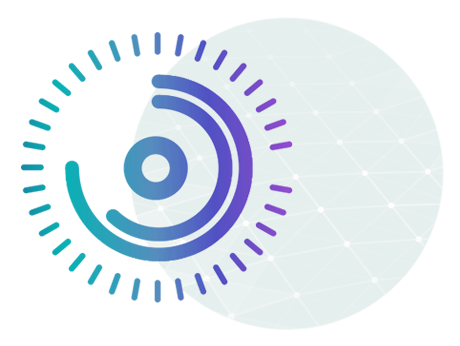More than a Time-Series Database
Kinetica is a high performance analytics database ideal for real-time analysis of high volume, time-series datasets.
Kinetica behaves like a relational database that will be familiar to analysts and developers alike. But it's unique vectorized architecture enables it to perform blazingly fast analytics on rapidly changing sensor data, market data, and other types of streaming data at scale.

Built for time-series analytics at speed and scale
High Speed Ingest
Scale-out Architecture
Fast Vectorized Query
Working with time-series data should be this easy!
Query with SQL
Kinetica provides a wide range of date and time functions, interval based joins and window functions that can be combined with an exhaustive library of general purpose analytical functions to query time series data with just SQL.
You can also develop sophisticated applications using a REST API, or with language-specific libraries available for C++, C#, Java, Javascript, NodeJS & Python.
SELECT
SPLIT(
TIME_BUCKET(INTERVAL 30 MINUTES, time, 0, 0), --buckets
' ',
2) AS time_bucket,
SUM(trading_volume) AS total_volume
FROM trades
WHERE date(time) = DATE(DATEADD(DAY, -1, NOW()))
GROUP BY time_bucket
ORDER BY time_bucket
Real-time Metrics
Window functions can be used to perform calculations on a subset of data over a fixed interval. We can use them to calculate time-series metrics like cumulative sums, ranks, and moving averages to uncover patterns or trends within time-series data
Combine window functions with continuously updated materialized views to generate real time metrics on top of streaming time-series data.
Interval based joins using ASOF
Timestamp values from tables are rarely an exact match. Interval based functions like AS-OF help perform inexact joins to combine information from different time series tables that use timestamps.
Kinetica’s high performance engine can perform these inexact joins on streaming data making it possible to combine time stamped data from streaming inputs like IoT devices, stock market prices, and sensors.
Vectorization makes Kinetica FAST!
even with complex joins on high-cardinality datasets
Kinetica takes advantage of the parallel processing capabilities of modern vectorized processors and GPUs to deliver new levels of performance when working with high cardinality time-series data.
Vectorization unleashes significant performance gains – particularly for ad-hoc queries that may result in table scans and multi-way joins that typically cripple other databases.
Resulting in many benefits...
Simpler Data Structures
Brute force vectorized compute means there is less need to think through schemas before data can be explored.
Low Latency
Simpler data structures means less to index. Combined with Kinetica's lockless, distributed architecture, data is available for query immediately after it lands.
Linear Scale Out
With less to index, the database scales in proportion to the size of the data. This leads to a smaller and more predictable scale-out footprin.t
Less Engineering
Spend less time engineering schemas, and more time using your data. Business analysts have more flexibility and freedom for ad-hoc data discovery projects.
Everything you'd expect in an enterprise database
Flexible Cloud Deployment Options
Deployment Options »

Postgres Compatible
Cell-Level Security
Security »
High Availabilty
High Availability »
Horizontal Scale Out
Tiered Storage
... and related features that may help you
Advanced Geospatial
Geospatial Analytics with Kinetica »
Machine Learning
Machine Learning with Kinetica »
Graph and Network
Kinetica Graph »
Book a Demo!
The best way to appreciate the possibilities that Kinetica brings to high-performance real-time analytics is to see it in action.
Contact us, and we'll give you a tour of Kinetica. We can also help you get started using it with your own data, your own schemas and your own queries.

